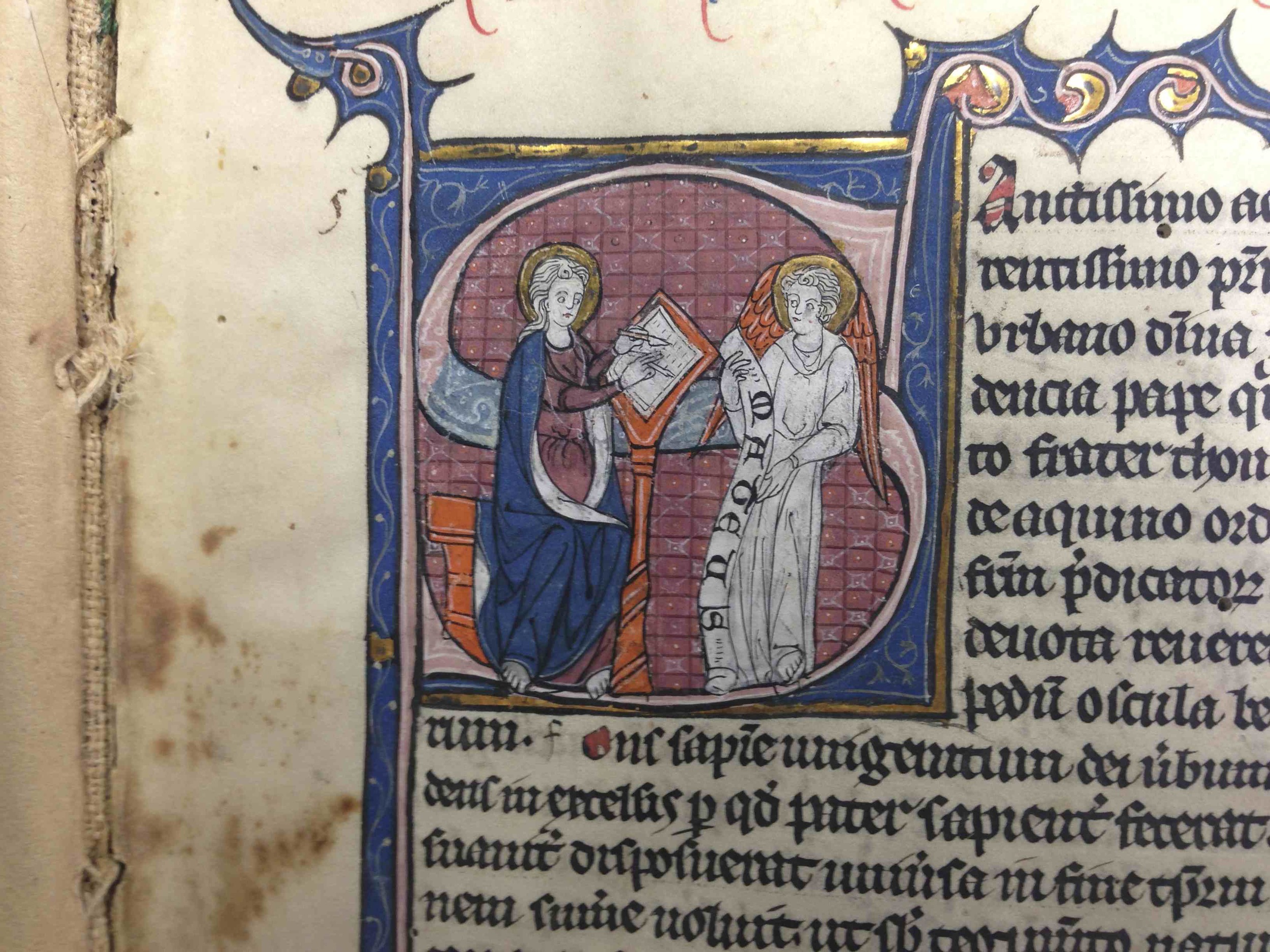(Boosterism mode: ON): Medieval studies is a fascinating series of disciplines. While hunting around recently for information on post-Gratian canon law texts—I need to become literate in the Quinque compilationes antiquae—I came across the web page of Frederick S. Paxton of Connecticut College, who had written and posted a careful article on the recent and exciting work concerning the origins of the Decretum (prompted in large part by the work of Anders Winroth).
But there is more on his site, and for those interested in St Thomas's moral teaching, it provides a keyhole picture of something that mattered the whole world to the medievals, and perforce to Thomas: the rituals surrounding death. For Paxton has been at work producing a "reconstructive edition" of death rituals used at Cluny. Now Cluny is far removed from the world of the Dominicans, true, but reading through Paxton's edition gives one the sense of how communal death was to those living in religion, and how religious linked the process of dying to the liturgy of the Church, and hence to the biblical texts that undergirded her liturgy. The text says, towards the end:
Absolve, Domine, animam famuli tui ab omni vinculo delictorum, ut in resurrectionis gloria inter sanctos tuos resuscitatus respiret.
Absolve, Lord, the soul of your servant of all the chains of sin, so that he may breathe again in the glory of the resurrection, brought back to life among your saints.
Paxton has posted working versions of his Latin edition and English translation on his web page, in MS Word formats.
Those of us who labor in the fields of medieval philosophy and theology perhaps need reminding from time to time that the medieval theories we study drew their lifeblood from the daily realities of medieval living—and dying (Boosterism mode: OFF).



